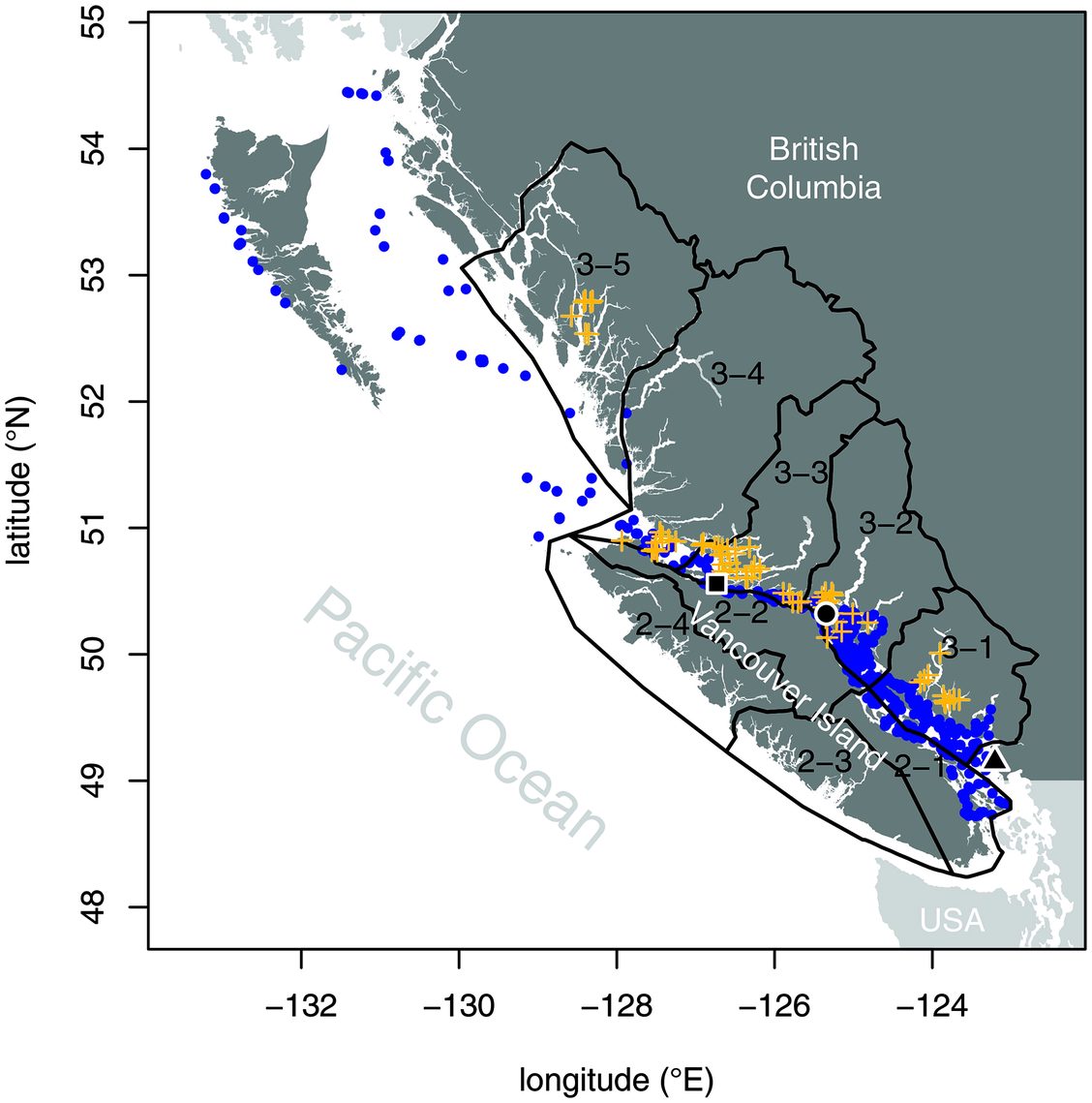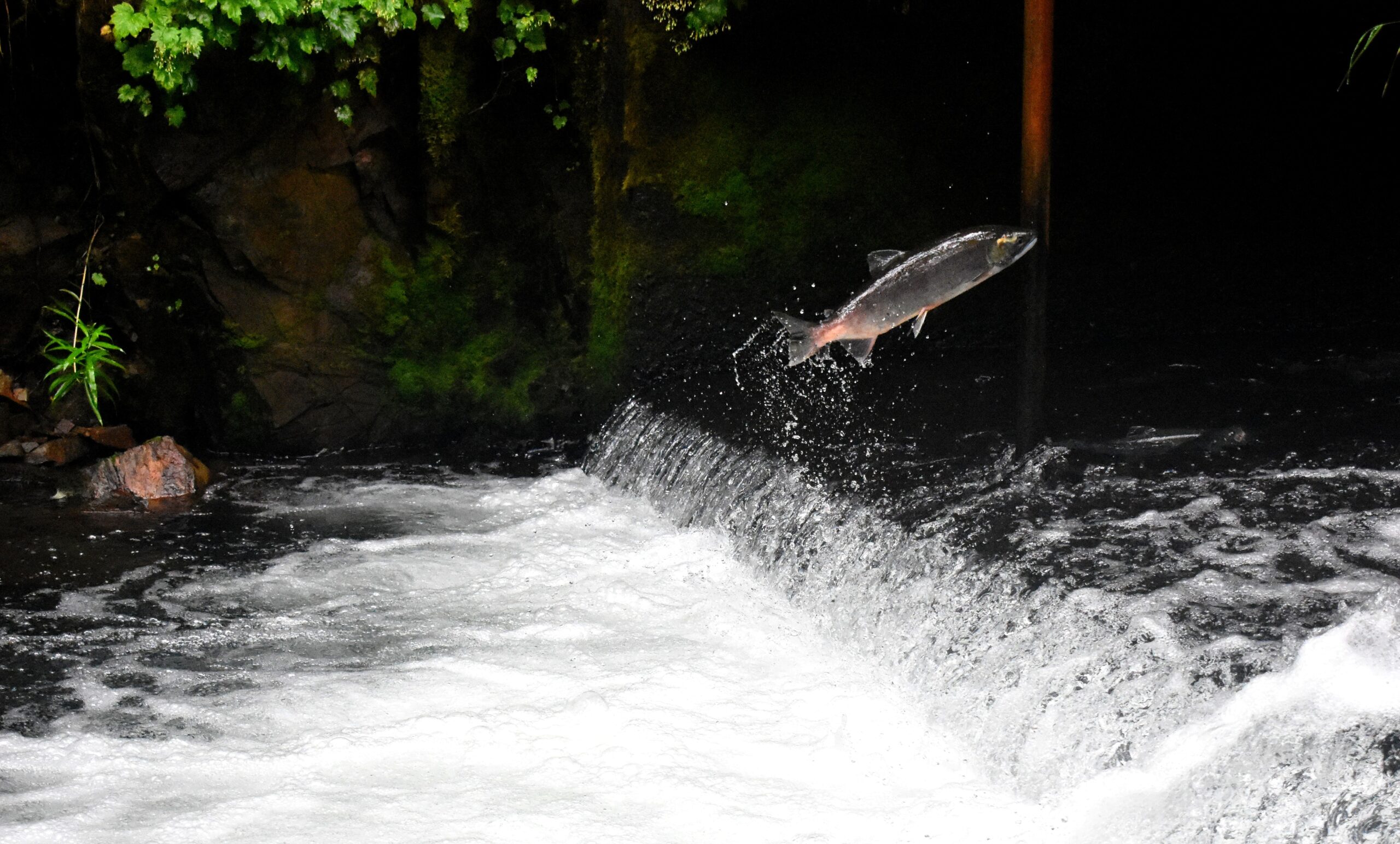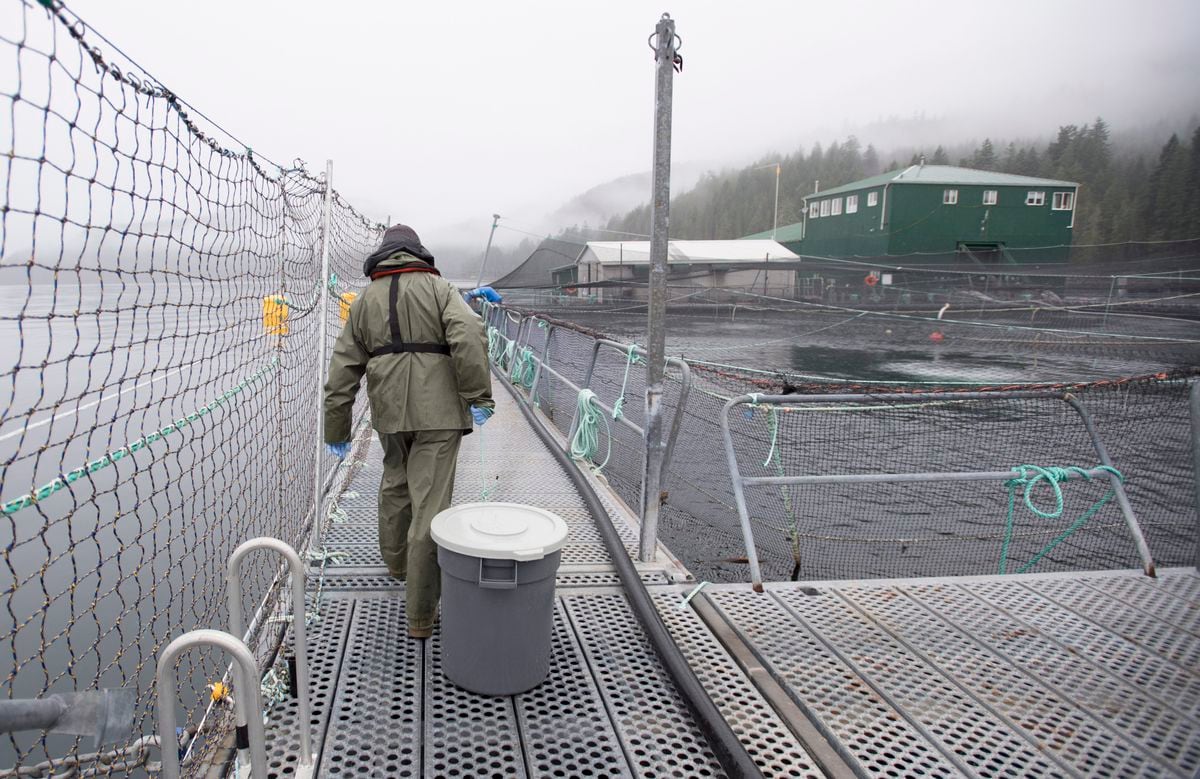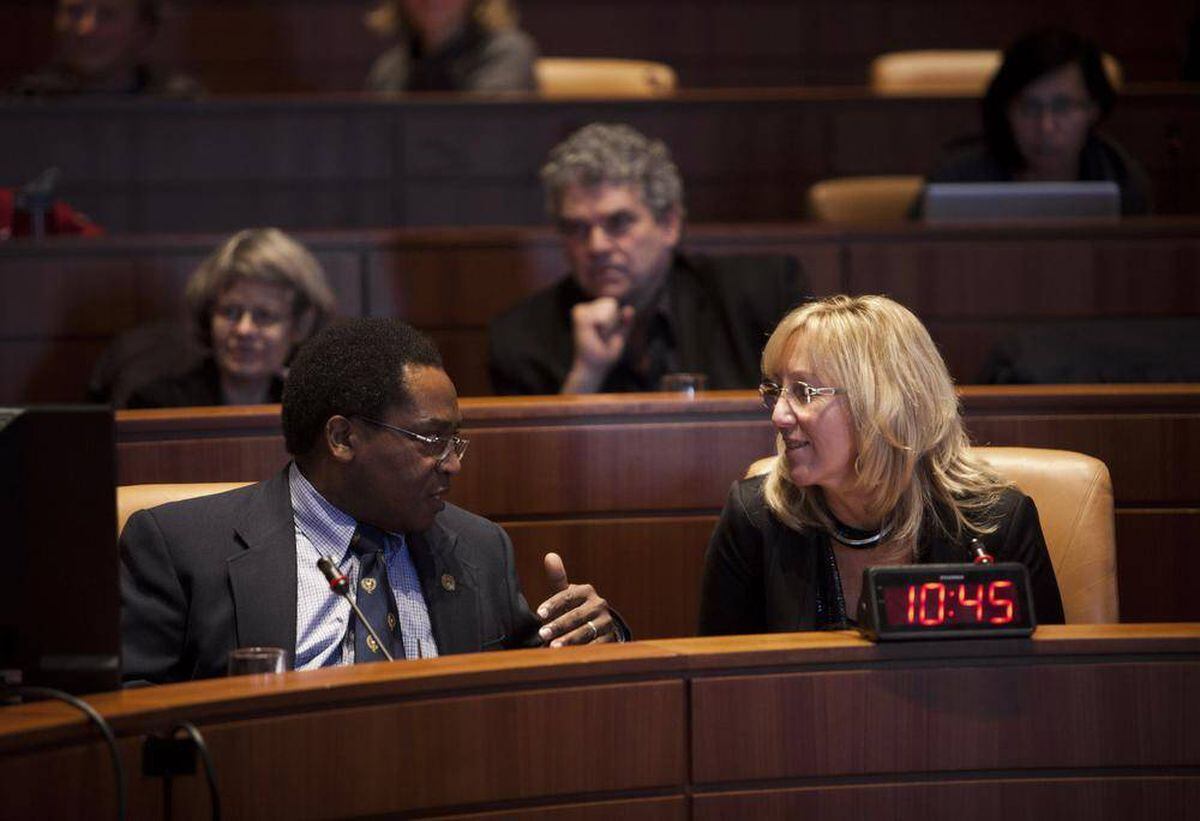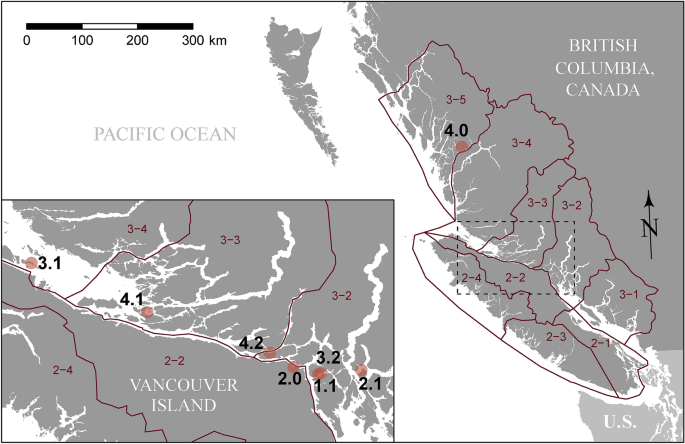tincan
Well-Known Member
| NEW PSF SALMON RESEARCH INDICATES THAT PATHOGENS ARE 12 TIMES HIGHER NEAR FISH FARMS Fraser River sockeye salmon more likely to carry Tenacibaculum maritimum near open-net salmon farms in the Discovery Islands. FOR IMMEDIATE RELEASE May 18, 2022 Vancouver, B.C. — New PSF research indicates that Fraser sockeye were much more likely to harbour the bacterial pathogen Tenacibaculum maritimum when swimming past Discovery Island salmon farms than at other points along the migratory route of these iconic fish. These findings align with past evidence that open-net Atlantic salmon farms off the coast of British Columbia are growing and amplifying pathogens that can harm wild Pacific salmon. In particular, this study provides new evidence that Tenacibaculum is transmitted to juvenile wild sockeye salmon. The study was peer reviewed and published in Canadian Journal of Fisheries and Aquatic Sciences, Canada’s leading fisheries science journal. Using genetic detection methods, the study indicates a clear peak in Tenacibaculum maritimum around the Discovery Island farms. Evidence suggests relatively consistent, low exposure levels elsewhere along the sockeye migration route. However, the research estimates that exposure to Tenacibaculum peaks near farms in the Discovery Islands at more than 12 times the general background level. The bacterial pathogen infects marine fish around the world, and can cause Tenacibaculosis, a disease commonly characterised by open sores and erosion of the fins. On Atlantic salmon farms in British Columbia, the bacterial infection can also cause mouth rot, which primarily affects the teeth and gums. Juvenile sockeye salmon migrate past numerous Atlantic salmon farms off the coast of B.C. “Given the severity of associated disease in related species and the imperiled nature of Fraser River sockeye, our results reiterate the need for a more precautionary approach to managing interactions between farm and wild salmon,” says Dr. Andrew Bateman, primary author of the study and manager of Pacific Salmon Foundation’s Salmon Health Program. “Disease is very rare to observe in wild fish, since predators tend to weed out weak individuals. The kind of genetic screening tools used in this study provide a window into patterns of exposure that we would otherwise not have.”The same salmon farms and sockeye populations that form the focus of this study were the focus of risk assessments by Fisheries and Oceans Canada (DFO) in response to the Canadian federal government’s Cohen Commission of Inquiry into the Decline of Sockeye Salmon in the Fraser River. DFO’s risk assessment for Tenacibaculum from Discovery Island farms found that the pathogen posed a “minimal risk” to Fraser River sockeye. However, DFO’s risk-assessment explicitly states that the conclusions should be reviewed and revised as new research information fills knowledge gaps. This newly published research directly addresses some of those knowledge gaps. Together, this new evidence suggests that salmon farms can elevate levels of Tenacibaculum in the marine environment, and Fraser River sockeye picked up the pathogen as they swim close to active salmon farms in the Discovery Islands. The research also corroborates earlier studies showing elevated levels of this bacterial pathogen in the water columns around active salmon farms. In 2020 after consultations with local First Nations, then fisheries-Minister Bernadette Jordan ordered salmon farms in the Discovery Islands to close. The federal court has since overturned that decision, suggesting that the current Minister of Fisheries, Joyce Murray, will need to remake a decision surrounding Discovery Island farms. These new findings support the argument that Discovery Island farms should remain closed for the protection of Fraser River sockeye. “We strongly encourage the Minister of Fisheries and Oceans Canada to hold firmly to the commitment of a 2025 transition away from open-pen-net salmon farming. As all licenses for remaining farms are set to expire in June 2022, any renewal of licenses that prolong this risk to wild salmon would be deeply concerning. Salmon face many challenges, and open-net salmon farms pose a serious risk to wild salmon, a risk that we can control,” says Michael Meneer, CEO and President of the Pacific Salmon Foundation. This Pacific Salmon Foundation study was conducted in partnership with Fisheries and Oceans Canada (DFO), the University of British Columbia and University of Toronto, and the Hakai Institute. Eight researchers contributed to this paper, with many more contributing samples from a decade of fieldwork. The study was funded by PSF, DFO, Genome BC, Hakai, and NSERC—Natural Sciences and Engineering Research Council of Canada. A complementary study will publish May 19 in the journal FACETS in which UBC’s Dr. Art Bass assessed dozens of pathogens in thousands of Chinook and Coho salmon sampled over a decade along the British Columbia coast using data generated by the Strategic Salmon Health Initiative. Look to UBC Newsroom for more information on this second publication. ### For full details, please visit study published in Canadian Journal of Fisheries and Aquatic Sciences. | |||
| Collection locations for sockeye salmon (blue dots), along their northwestward migration after marine entry at the Fraser River mouth (black triangle), from which molecular detections of Tenacibaculum maritimum were analysed. Grey, labelled outlines indicate DFO’s Aquaculture Management Zones, and orange crosses show the locations of relevant open-net salmon farms (within zones 3-1 through 3-5). Black circle is centred on Discovery Islands, and black square indicates northern Johnston Strait. (Map data are from Environmen-tal Reporting BC via the bcmaps R package. Salmon farm locations are from DFO Aquaculture Management Division. Map projection is equirectangular.): Canadian Journal of Fisheries and Aquatic Sciences. | |||
|


